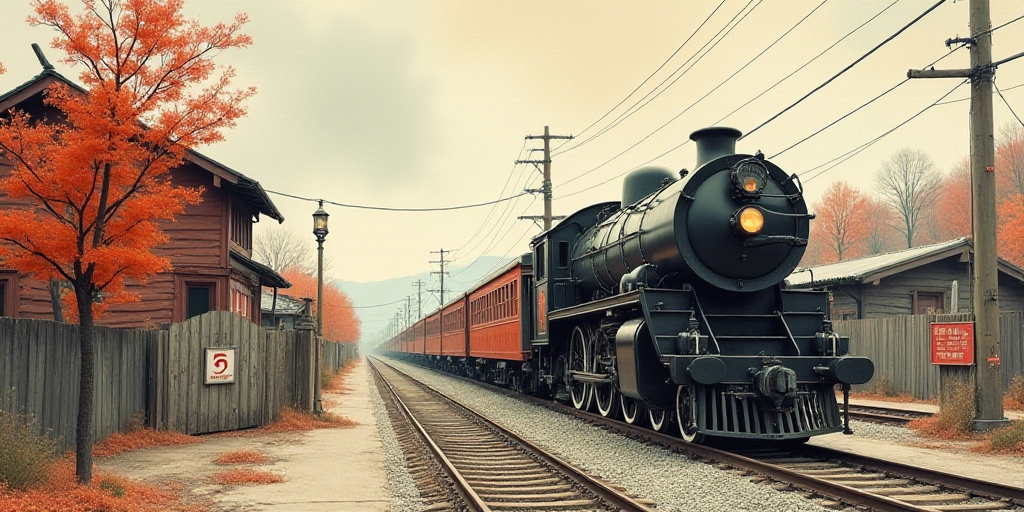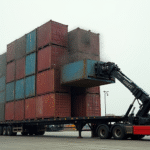Introduction and Background
The China-Europe Railway, a groundbreaking land route, has been making significant strides in enhancing Eurasian trade. Despite facing hurdles such as geopolitical tensions and profitability concerns, the railway has expanded its routes, improved logistics efficiency, and broadened its reach across Europe. As of the first quarter of 2025, this mega-project has surpassed targets in route expansion, logistics efficiency, and geographical coverage.
Key Achievements
- Increased Container Transport: The railway has successfully transported over 500,000 containers from the Dongfanghong International Land Port in Luoyang, China, marking a 15% increase in cargo volume compared to the same period in 2024.
- Route Expansion: With over 80 active routes connecting more than 200 cities across 25 European and Asian countries, the railway has inaugurated five new routes in Hungary, Slovenia, Bulgaria, and Italy this year. Additionally, a second route to Germany has been established.
- Logistics Modernization: Plans are underway to modernize seven European terminals between 2023 and 2026, including Budapest and Milan.
- Streamlined Customs Procedures: In March, the European Commission and China signed an agreement to expedite logistical standards and reduce bureaucratic hurdles, cutting cross-border border times from three days to just 12 hours.
Export and Import Goods
Luoyang, a significant hub for the railway, exports heavy machinery, industrial equipment, electronic products, construction materials, and consumer goods. Meanwhile, China imports automobiles and parts (especially from Germany), pharmaceutical products from France, wine and food items like meat and dairy from Poland. High-tech chips and military equipment face alternative transportation routes due to US sanctions.
Challenges and Competition
The railway faces geopolitical challenges due to the Russia-Ukraine war, increased insurance costs (35% more expensive), and competition from the Trans-Siberian Railway, which offers lower fares but limited European coverage. Financial sustainability remains a challenge as many Chinese trains rely on state support to remain profitable.
Marina Kovács, an analyst from the Bruegel Think Tank, notes that while the China-Europe Railway is a geoeconomic success, its long-term viability depends on reducing subsidies without losing customers to maritime transport and navigating geopolitical risks along its tracks.
Although not cheaper than maritime transport, the railway offers an attractive cost-to-speed ratio for specific goods like automobiles and electronics.
Key Questions and Answers
- What is the China-Europe Railway? It’s a land route connecting China and Europe, designed to reduce maritime transport dependency and strengthen China-Europe commercial ties.
- What are the railway’s achievements? The railway has expanded routes, improved logistics efficiency, and increased cargo volume. It has also inaugurated new routes and plans to modernize European terminals.
- What goods are exported and imported via this railway? Luoyang exports heavy machinery, industrial equipment, electronics, construction materials, and consumer goods. China imports automobiles, pharmaceuticals, wine, food items, and faces alternative routes for high-tech chips and military equipment.
- What challenges does the railway face? Geopolitical tensions, increased insurance costs, competition from the Trans-Siberian Railway, and financial sustainability issues are some of the challenges.






